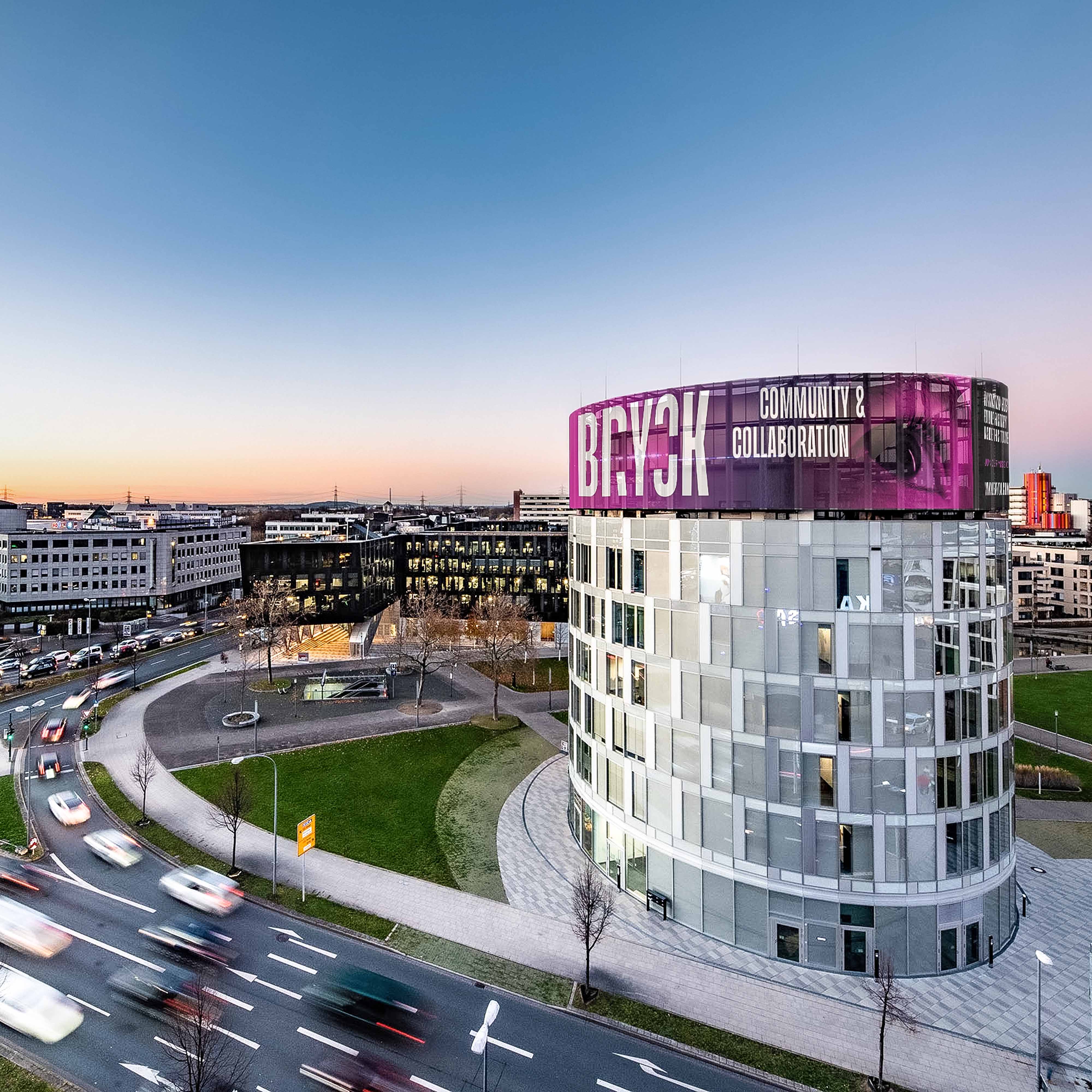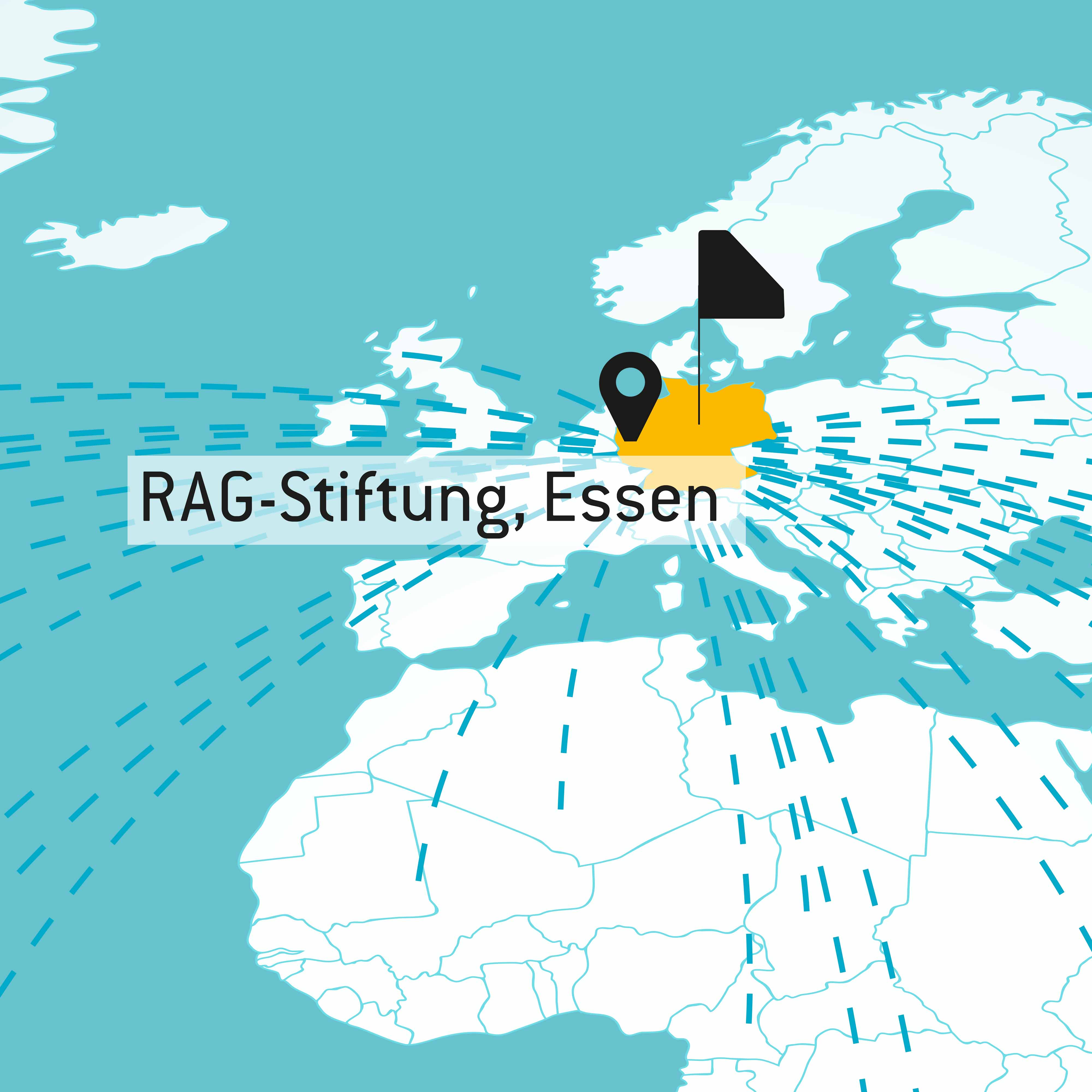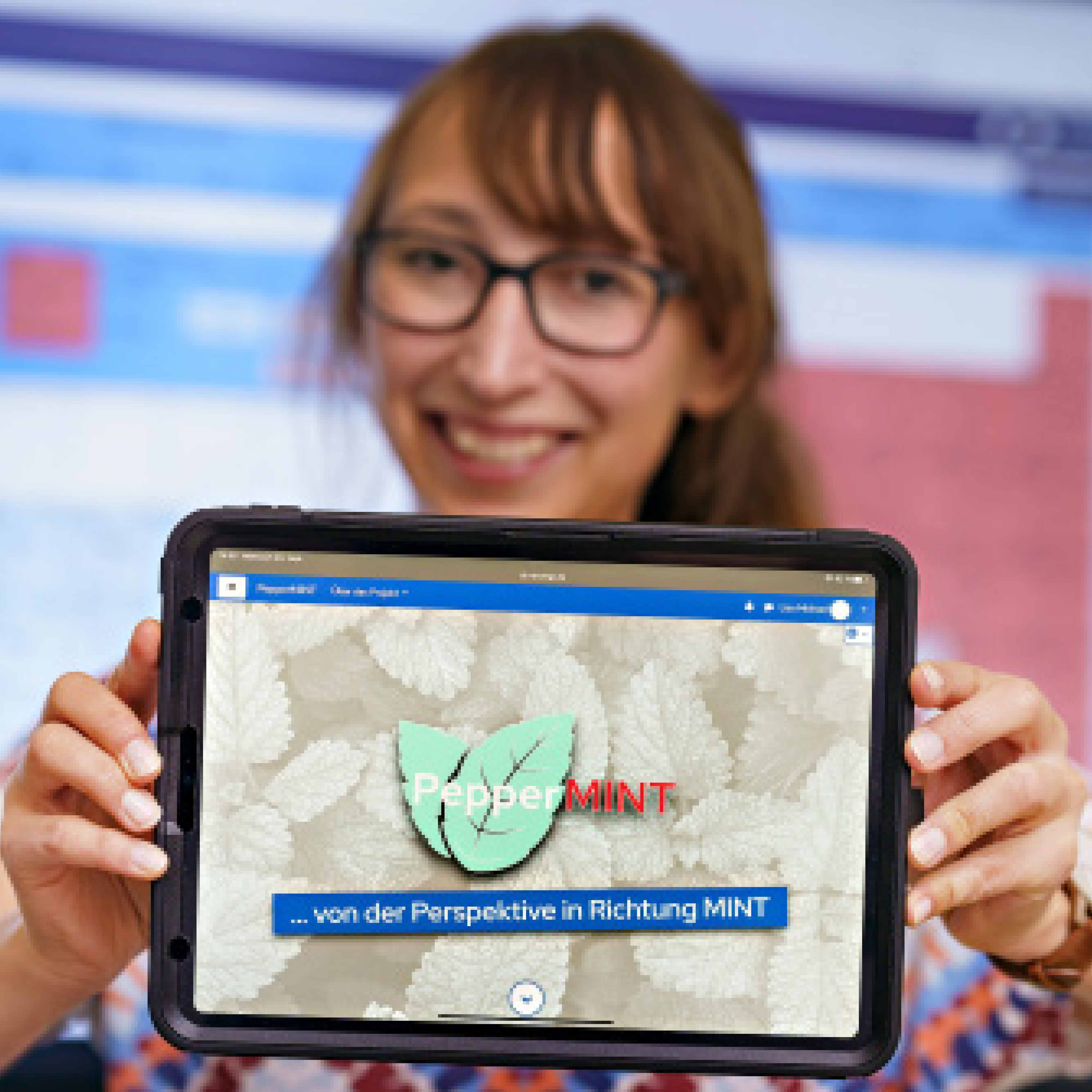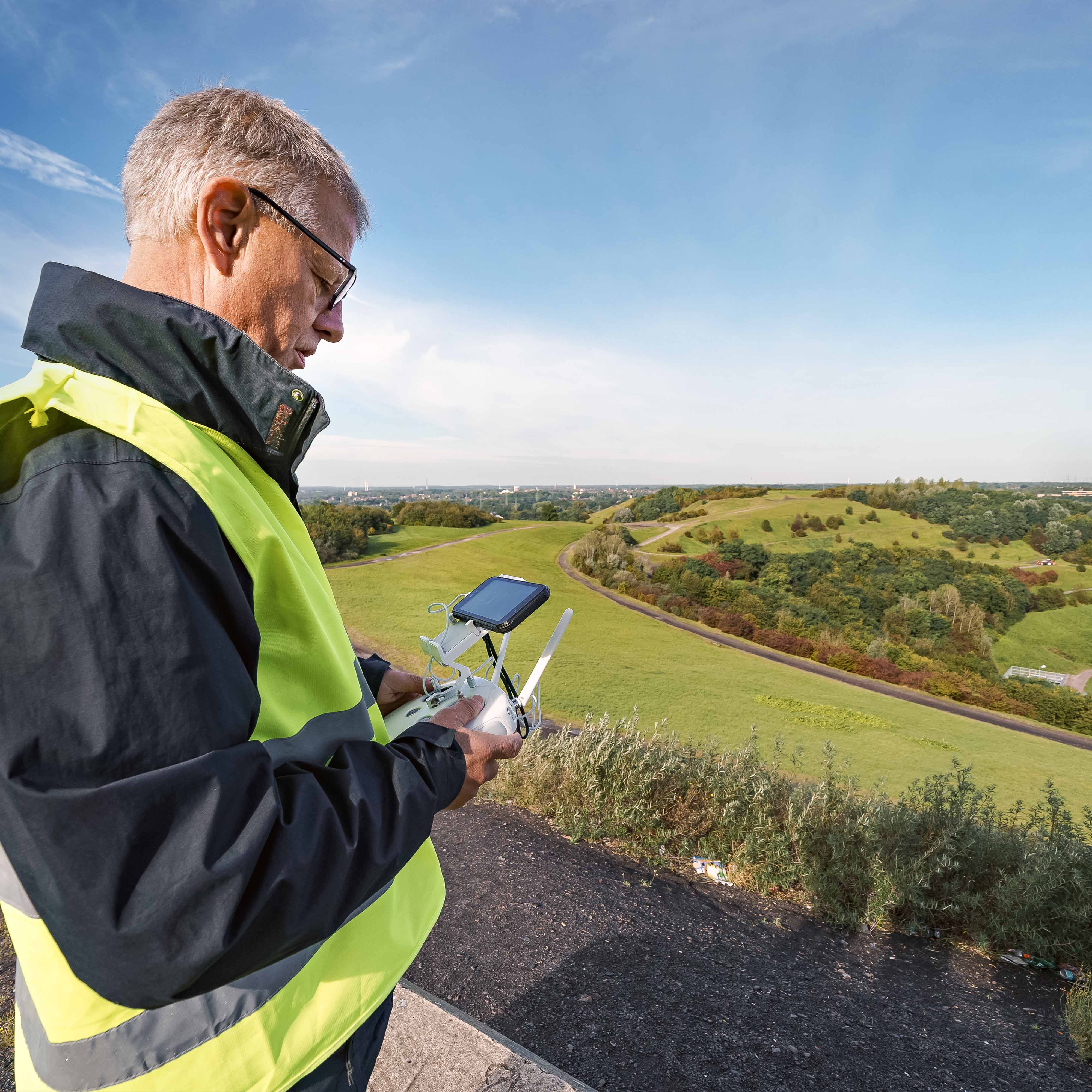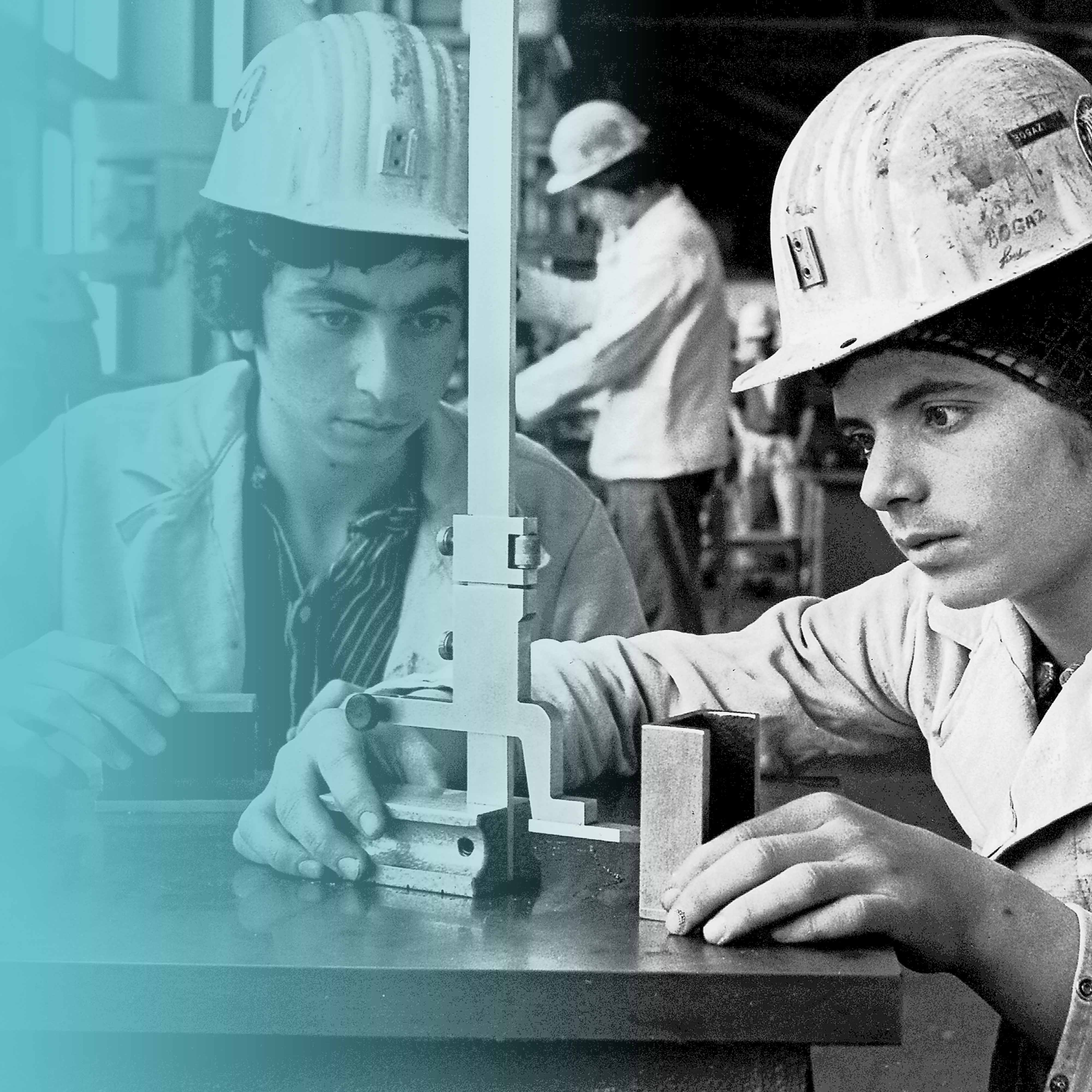Our mission obliges us to sustainability
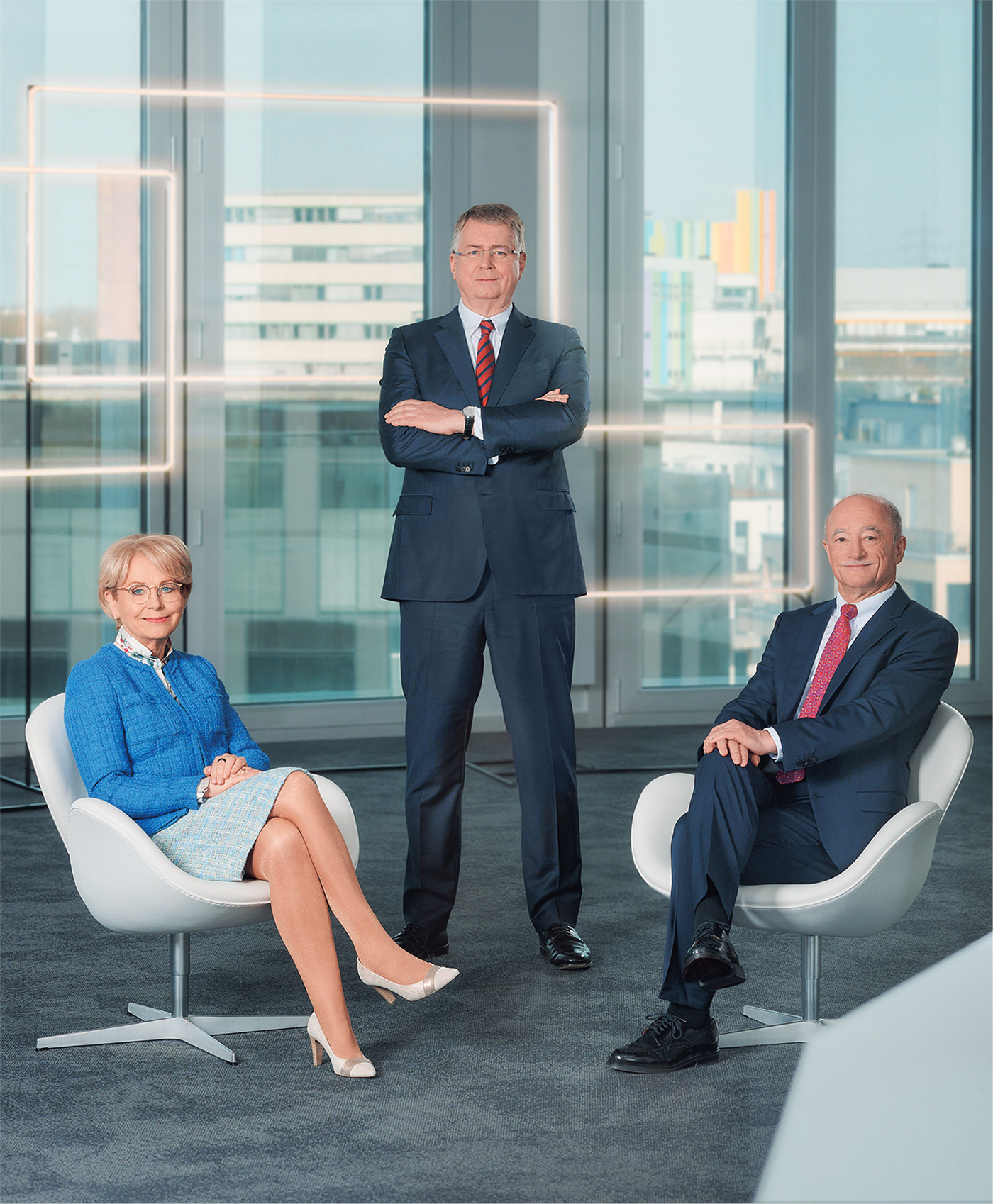
The
The Board of Executives of the
We are here in the BRYCK Tower in Essen, a new innovation hub and future factory which was initiated by the
BERND TÖNJES: Innovations are the engine of our economy. That goes for Germany as a whole, for North Rhine-Westphalia and for the Ruhr region. Innovations are important for the
BÄRBEL BERGERHOFF-WODOPIA: Innovations are often based on findings from the scientific community; since its founding, the
What do innovations have to do with the investments of the
Dr JÜRGEN RUPP: We do both. But we also always assess which business models are sustainable. Does a company offer a unique selling point? Do they have successful processes? Do they do business in a future market? Those are all factors that guide us when making investment decisions. We also invest in companies that are developing and not relying solely on what exists already. In a competitive environment, only those who seek to innovate can develop themselves further – for example in the fields of automation and robotics, communication and information technology, but also regarding topics to do with urbanisation, health and the development of technologies such as chip production. Those are topics that are forward-looking, that have their fingers on the pulse of the times – and we primarily invest in companies like that.

Innovations should mean progress for people and society, not least when it comes to sustainability. We find ourselves in the middle of a major transformation: our economic system has to be made environmentally friendly. What does sustainability mean for the
BERND TÖNJES: Our planet has only limited resources, and yet the population continues to grow. This forces us to address the topic of sustainability. For the
From an ecological perspective, we have to protect the environment in a post-mining context, for example by not allowing rising pit water to endanger drinking water. The second pillar, the economy, is also important, because we have to be able to pay for the perpetual costs of post-mining each year. We bore these perpetual costs for the first time in 2019. Over the long term, we will ensure that the taxpayers do not bear this burden. And the third pillar of sustainability, the social aspect, is of great importance to us: we ended coal mining in Germany in a socially acceptable way. We also deal intensively with the subject of social justice via our educational projects. After all, without education, there can be no self-determination. And, considering the shortage of skilled workers, we can’t afford to leave any talented individuals behind.
Ms Bergerhoff-Wodopia, you are responsible for the support of education, science and culture. What does social sustainability mean to you?
BÄRBEL BERGERHOFF-WODOPIA: Education and social responsibility are part of the DNA of the
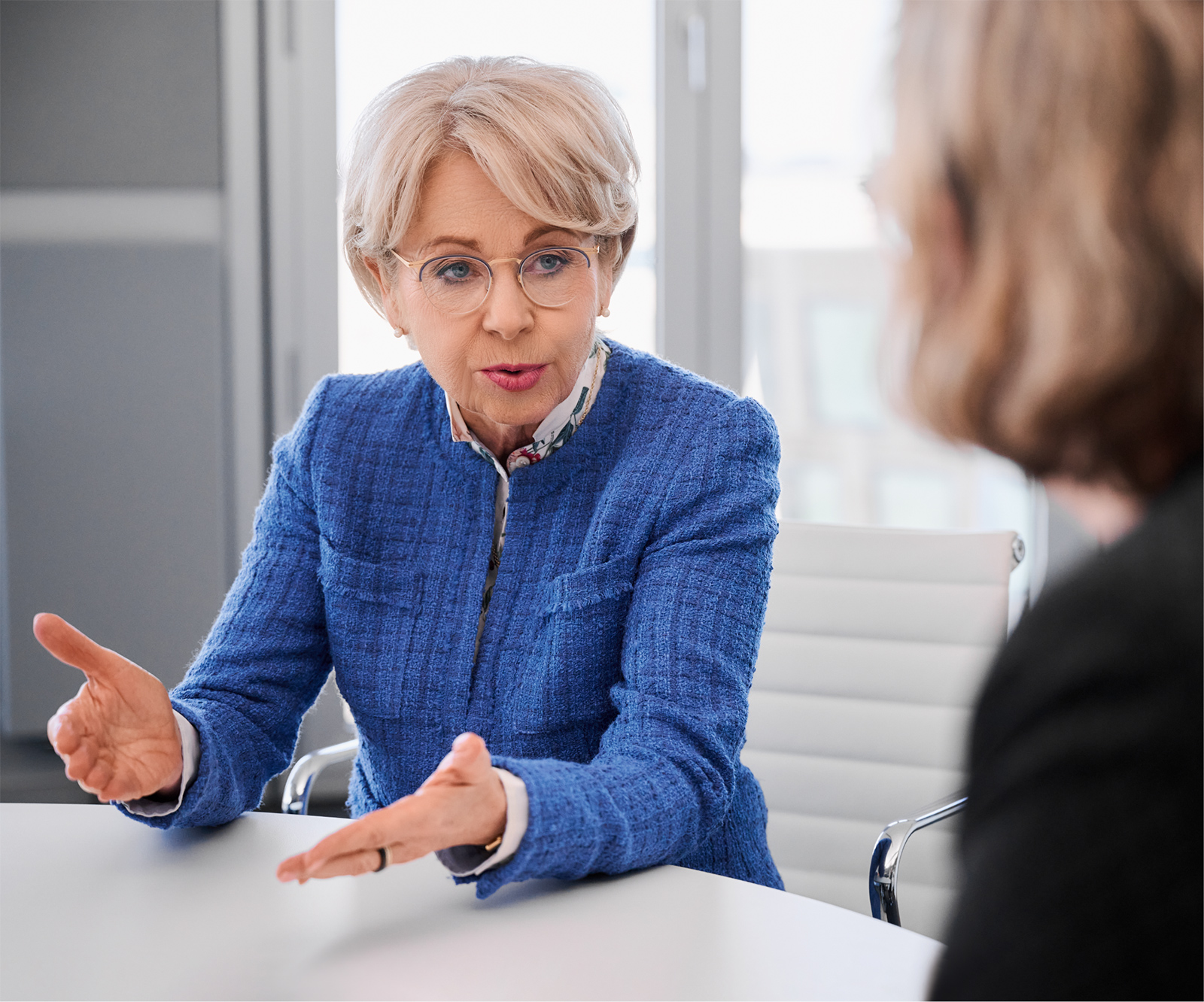
Dr JÜRGEN RUPP: We have to finance perpetual obligations. These are obligations that never end – they are taken on permanently. To a certain extent, our mission forces us to be sustainable; it is at the core of our responsibilities, which is why we only make investments that are sustainable in the best sense of the word. We can’t afford to invest in companies that put their business model at risk through social or ecological reasons. Take e-cigarettes, for instance. That would be a market we could invest in from a perspective of return on investment. But we decided against it, for ethical and moral reasons, as well as social aspects. We look for companies with prospects that serve society over the long term, because sustainability ultimately means talking about how a company shapes its own future.
Let’s take a look back at the 2021 financial year. Did you fulfil your criteria and achieve your goals?
Dr JÜRGEN RUPP: The year was very satisfactory. It was a year in which the foundation benefited from the global economic recovery on all fronts – and that in spite of the coronavirus pandemic. In the previous financial year, our foundation assets crossed the threshold of 20 billion euros. In 2021, we ended up at more than 21 billion euros. That means the foundation’s assets grew significantly and we completely fulfilled our mission. For the
BERND TÖNJES: For us, 2021 was an outstanding year on the whole. We made a lot of progress in post-mining, completely filling in the last shafts in Ibbenbüren for example. The perpetual costs are trending downwards, and we expect this to continue, which means the burden for the
BÄRBEL BERGERHOFF-WODOPIA: I’m also very pleased about this development. We had a budget of 27 million euros in 2021, and this has increased to 32 million euros for 2022. In addition to education and science, we also promote cultural projects related to coal mining, for instance the miners’ choirs and orchestras. Additionally, we have financed the Ruhrfestspiele festival in Recklinghausen, the Ruhr Piano Festival and the RuhrTriennale Festival of Arts for many years – these are all internationally renowned festivals.
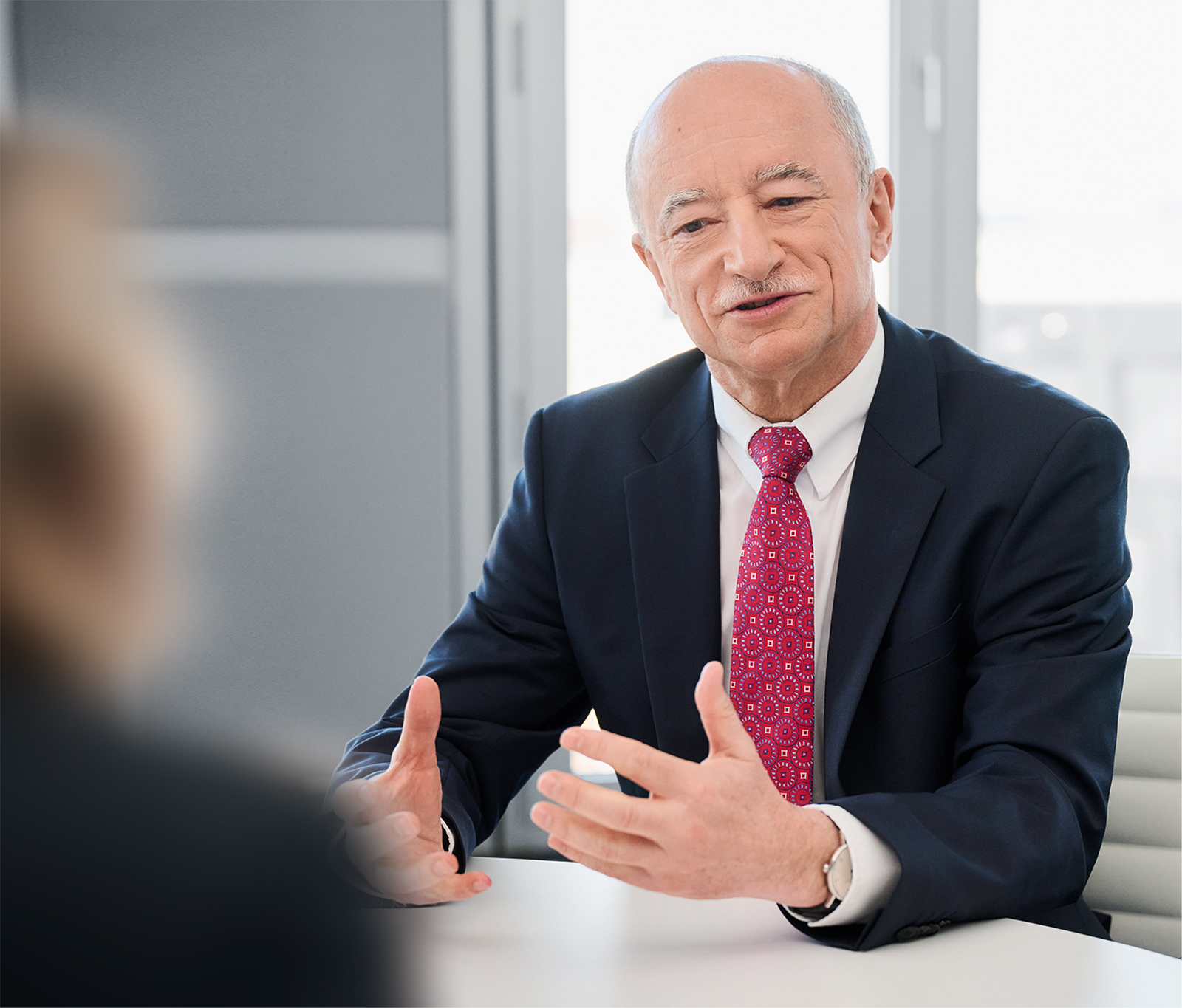
at the end of 2021.
Last year, something happened that caused a lot of suffering in North Rhine-Westphalia in particular: the catastrophic floods. How did the
BERND TÖNJES: It was a catastrophe right on our front doorstep. Many people were affected, lost everything, were left with only what they had on their backs. Out of a sense of solidarity, which is firmly anchored in the mining culture, we reacted quickly and without red tape. Together with the WAZ and Caritas, we provided a million euros of immediate aid to alleviate the initial distress.
Now if we dare direct our gaze to the future: where will the
BÄRBEL BERGERHOFF-WODOPIA: My hope is that the
Where will the perpetual costs be by then?
Dr JÜRGEN RUPP: There shouldn’t be any surprises there, because that involves activities that have been around for centuries – primarily pumping water. We are familiar with the cost development. But we will use research and new technologies and methods to further optimise these tasks in order to, among other things, continue lowering costs. This will enable us to achieve our overall objective while contributing to the ecological renewal of the former mining regions at the same time.
BERND TÖNJES: As long as nothing entirely unforeseen happens, post-mining costs will decrease significantly by 2030 and our income will continue to gradually increase. This results in financial flexibility for us that we can utilise in our support areas and in the continued transformation of the Ruhr region. And with regard to the BRYCK Tower, where we are sitting today, I expect this ecosystem to work, resulting in a productive atmosphere and bustling life over the next ten years. I hope for successful companies that create attractive jobs so that university graduates see a future for themselves here, thereby enriching the former mining areas, rather than leaving to live and work in other regions. The Ruhr region is one of opportunities – of that I am sure. We at the
